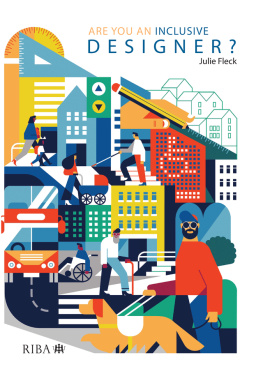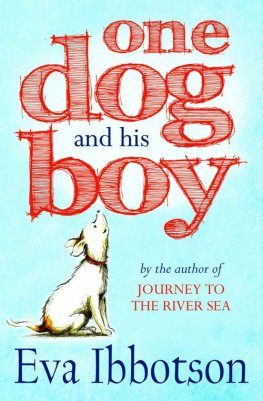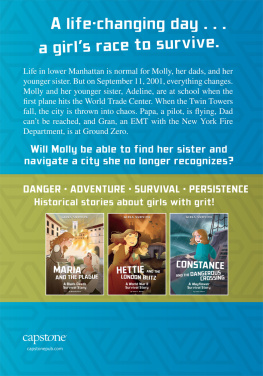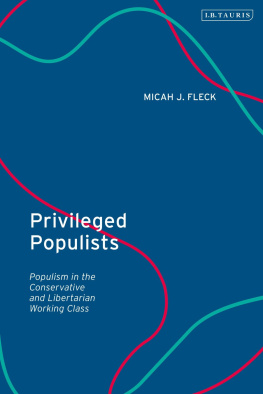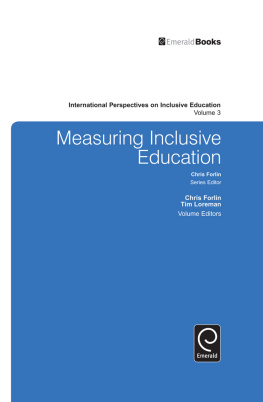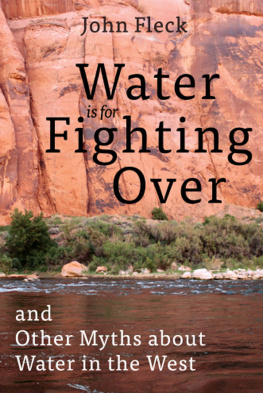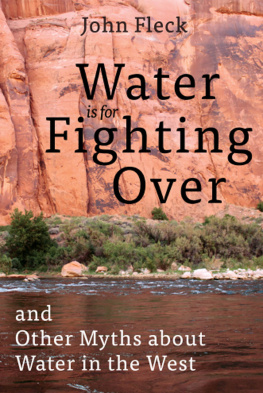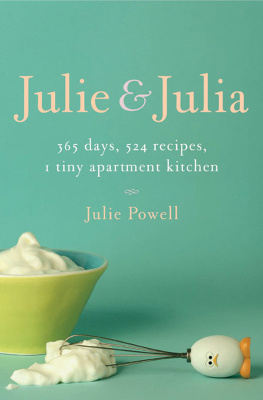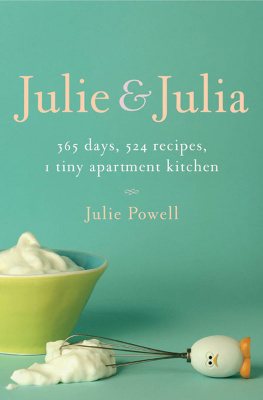Julie Fleck - Are you an inclusive designer?
Here you can read online Julie Fleck - Are you an inclusive designer? full text of the book (entire story) in english for free. Download pdf and epub, get meaning, cover and reviews about this ebook. year: 2019, genre: Politics. Description of the work, (preface) as well as reviews are available. Best literature library LitArk.com created for fans of good reading and offers a wide selection of genres:
Romance novel
Science fiction
Adventure
Detective
Science
History
Home and family
Prose
Art
Politics
Computer
Non-fiction
Religion
Business
Children
Humor
Choose a favorite category and find really read worthwhile books. Enjoy immersion in the world of imagination, feel the emotions of the characters or learn something new for yourself, make an fascinating discovery.
- Book:Are you an inclusive designer?
- Author:
- Genre:
- Year:2019
- Rating:3 / 5
- Favourites:Add to favourites
- Your mark:
- 60
- 1
- 2
- 3
- 4
- 5
Are you an inclusive designer?: summary, description and annotation
We offer to read an annotation, description, summary or preface (depends on what the author of the book "Are you an inclusive designer?" wrote himself). If you haven't found the necessary information about the book — write in the comments, we will try to find it.
Are you an inclusive designer? — read online for free the complete book (whole text) full work
Below is the text of the book, divided by pages. System saving the place of the last page read, allows you to conveniently read the book "Are you an inclusive designer?" online for free, without having to search again every time where you left off. Put a bookmark, and you can go to the page where you finished reading at any time.
Font size:
Interval:
Bookmark:

ARE YOU AN INCLUSIVE DESIGNER?
Julie Fleck has been advising on the creation of an accessible and inclusive environment for over 30 years. As the Principal Access and Inclusive Design Adviser at the Greater London Authority she was responsible for the inclusive design and accessible housing policies in the London Plan, and following the London 2012 Olympic and Paralympic Games was seconded to the Office for Disability Issues as the Project Lead for the Governments Paralympic Legacy BEPE Project (the Built Environment Professional Education Project). She is a Design Council Built Environment Expert, a member of British Standards B/559 Committee, and in 2004 was awarded the OBE for services to disabled people.
Julie Fleck

- Introduction
A celebration of inclusion or a warning against complacency? - Chapter 1
How much have we achieved in 50 years? - Chapter 2
Designing an accessible City - Chapter 3
The most accessible Olympic and Paralympic Games - Chapter 4
The good, the bad and the inaccessible - Chapter 5
Towards better legislation, policy and regulations - Chapter 6
Towards an inclusive future - Appendix 1
Stratford City Consultative Access Group: Protocol for Accessible Presentations - Appendix 2
Stratford City Consultative Access Group: Protocol for Written Material - Appendix 3
Stratford City Consultative Access Group: Lessons learnt and transferability to other projects
- Appendix 1
- Introduction
A celebration of inclusion or a warning against complacency? - Chapter 1
How much have we achieved in 50 years? - Chapter 2
Designing an accessible City - Chapter 3
The most accessible Olympic and Paralympic Games - Chapter 4
The good, the bad and the inaccessible - Chapter 5
Towards better legislation, policy and regulations - Chapter 6
Towards an inclusive future - Appendix 1
Stratford City Consultative Access Group: Protocol for Accessible Presentations - Appendix 2
Stratford City Consultative Access Group: Protocol for Written Material - Appendix 3
Stratford City Consultative Access Group: Lessons learnt and transferability to other projects
- Appendix 1
They dedicated their lives to challenging disability discrimination and promoting equality. Their wonderful friendship and invaluable support gave me the courage and enthusiasm to spend my career working to achieve a more inclusive environment. I miss them both.
It is hard to know where to begin as there are so many people I want to thank, not just for giving me the inspiration to write this book, but also for helping and encouraging me in my career as an access officer and inclusive design advisor they are the reason I could write this book at all.
I should start with Andrew Walker, who I first met at a British Standards Institution (BSI) meeting in 1989 and who, through his dogged determination, demonstrated how to defy what was then expected of a disabled person. I have very fond memories of the many conversations I had with him over a glass of red wine watching him cook a delicious stew in his basement kitchen, in his very inaccessible Georgian house converted into one exclusively designed to meet his own particular needs as a wheelchair user and his aesthetic demands as a conservation architect. In 1993 he ran the first postgraduate course on what was then termed Environmental Access at the Architectural Association and he had a major influence on the development of inclusive design principles and processes in the UK.
I also want to thank all the friends and colleagues who worked tirelessly during the 1990s, the decade when, I believe, the most progress was made, particularly those who went on to work for and make the Disability Rights Commission a driving force for change. I first met Caroline Gooding when she worked at RADAR (the Royal Association of Disability and Rehabilitation) and I was a member of the Access Committee for England (ACE). Her reputation for developing the legal framework for the Disability Discrimination Act is well known, but she was also very supportive of those of us determined to put built environment access firmly on the government agenda and I truly valued her friendship. Peter Lainson, Sabrina Aaronovitch, Clare Goodridge and Alun Francis made my time as a member of ACE really enjoyable. They all taught me a lot and are still friends today.
Nothing about us without us has always been central to my approach at work and I could not have achieved nearly as much without the dedication, hard work and friendship of all the local access groups I have worked with. These are too numerous to name individually, but Peter Barker, director of the Joint Mobility Unit at the Royal Institute of Blind People (from 1992 to 2001), was particularly helpful when I first started working for the Corporation of London. I learnt a lot from the members of the City of London Access Group and when I moved to the Greater London Authority (GLA) I enjoyed being frequently challenged by members of the London Access Forum. A big thank you goes to Peter Lainson, who chaired both the Access Committee for England and later the London Access Forum. Without his leadership and his challenging and pertinent contributions, neither organisation would have had the influence they had.
The highlight of my career was, of course, working on the planning process for the London 2012 Olympic and Paralympic Games, so a huge thank you is due to all the members of the Olympic Delivery Authoritys Built Environment Access Panel (ODA BEAP) and before that the Stratford City Consultative Access Group (SCCAG), along with my professional colleagues at the ODA and GLA Margaret Hickish, Mark Dyer and David Morris. They all helped to deliver the most accessible Olympic and Paralympic Games in history1 and encouraged me to further develop the inclusive design planning policies in the London Plan.
I would like to thank my colleagues on the British Standards Institution (BSI) B/559 Committee, particularly David Petherick and Geoff Cook, and at the Access Association Rachel Smalley, Pippa Jackson and Neil Smith. A special thank you is also due to members of the Built Environment Professional Education Project Board (BEPE), particularly Paul Morrell, whose encouragement helped the project progress way beyond my early expectations.
A huge thank you also goes to all the people who have shared their plans, photographs and other images that have helped bring this book alive (see Image Credits, p 334).
But the most important person to thank is my partner Liz, whose constant love, support and quiet patience behind the scenes sent me off to work every morning with the courage to keep on keeping on. She has had to put up with my anger, frustration and obsession when it seemed that the world was not listening to our demands for a more accessible environment and when I was seeing the impact that physical and attitudinal barriers were having on my friends and colleagues. On many holidays she had no choice but to wait for me to take yet another photograph of an accessible toilet, ramp, handrail or lift. She waited patiently for my company while I hid myself away at the computer trying to put all my thoughts down in this book, and kept me going with all her delicious meals. Thank you, Liz.
Font size:
Interval:
Bookmark:
Similar books «Are you an inclusive designer?»
Look at similar books to Are you an inclusive designer?. We have selected literature similar in name and meaning in the hope of providing readers with more options to find new, interesting, not yet read works.
Discussion, reviews of the book Are you an inclusive designer? and just readers' own opinions. Leave your comments, write what you think about the work, its meaning or the main characters. Specify what exactly you liked and what you didn't like, and why you think so.

